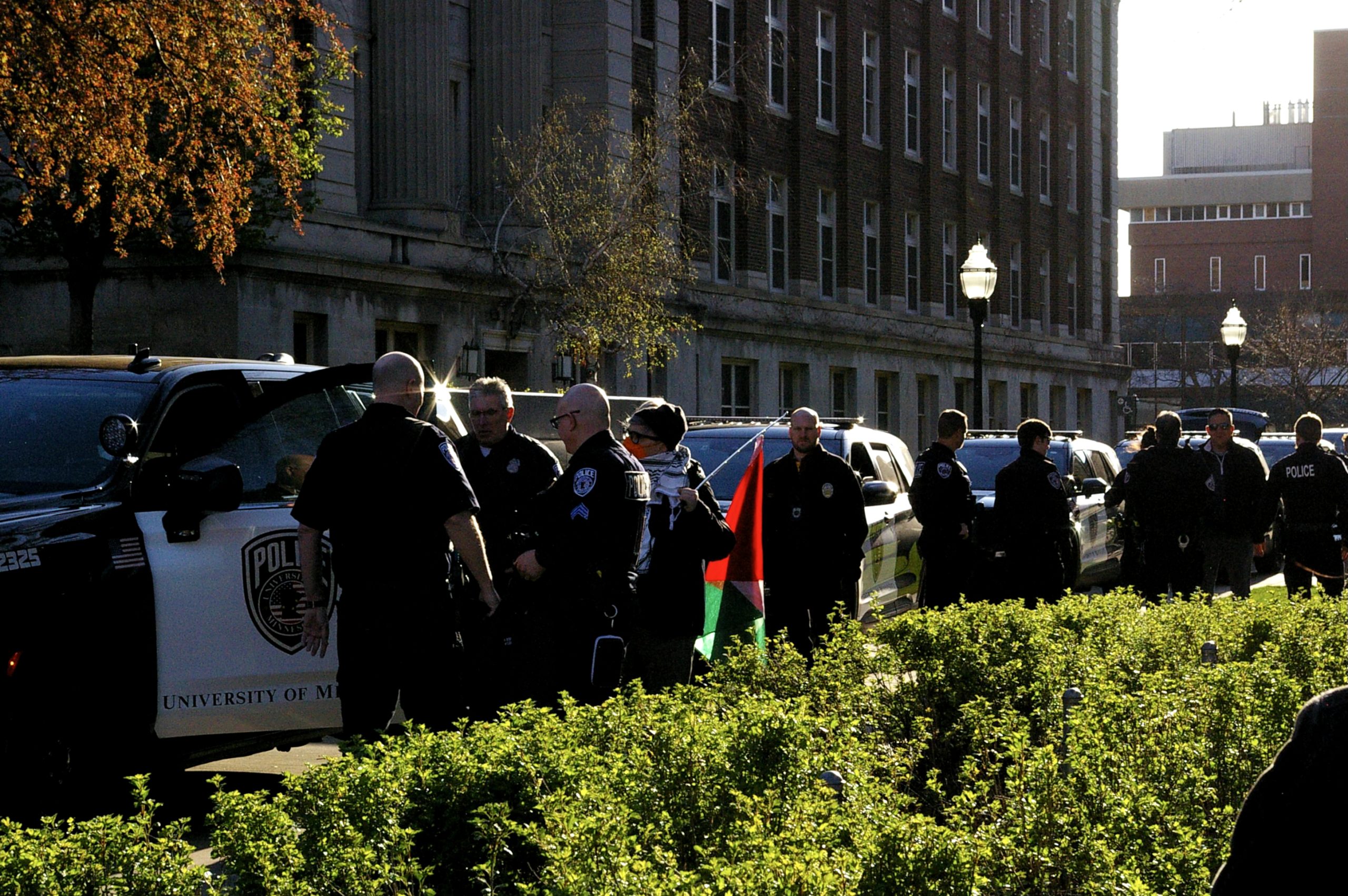With the uncertain future of the economy looming over the University of Minnesota, the Medical School here is implementing an economic plan which will not only seek to be a precautionary measure, but to move the school back into a top-20 ranking nationally. The plan, which seeks to examine every area of the Medical SchoolâÄôs budget in an attempt to save money and become more efficient, could include, as a last resort, a larger tuition increase for first-year medical students next fall. Medical School Dean Deborah Powell and Senior Vice President of Health Sciences Frank Cerra developed the plan. âÄúItâÄôs an important plan for the Medical School to get its house in order,âÄù Powell said. The Medical SchoolâÄôs expenditures were $741 million, exceeding the budget by $11 million in that year, according to PowellâÄôs 2008 DeanâÄôs Report . The difference comes out of the Medical SchoolâÄôs reserves. With each of the Medical SchoolâÄôs 26 departments currently operating at a deficit, Powell said the first step is holding meetings with the heads and administration of each department, asking them to draft an individualized plan for cutting back. Follow-up meetings will be held after Jan.1, allowing an examination of each plan after they have been fully developed. One other area which is being targeted by the new plan is to freeze the use of the Medical SchoolâÄôs commitment pool âÄî money used to provide more resources to new faculty and department heads. PowellâÄôs commitment pool, which averages $22 million a year, is currently overextended as she has to use the money for other occurrences, such as money given to faculty who are being poached by other universities and bridge funding. With the increasing trouble for medical researchers to get grant money from the National Institute of Health , bridge funding is money to sustain a researcherâÄôs lab until they can obtain another grant. Another option could be a tuition increase, but with tuition for the Medical School already third highest for a public medical school in the country, Powell said a raise in tuition is something she would like to avoid. Even with the Medical SchoolâÄôs guarantee not to raise a studentâÄôs tuition after their first year, the average debt of a University medical student after graduation last year was $174,000. Cerra said in the end, even a doubling of Medical School tuition would not be a logical solution. Unlike other departments on campus, the Medical SchoolâÄôs budget comes mainly from clinical practices and outside philanthropic sources, as opposed to tuition. These two areas of revenue will be greatly affected by a bad economy, Darrell Kirch, president of the Association of American Medical Colleges ,said. When the economy is bad, Kirch said, medical schools canâÄôt continue to be dependent on philanthropy as those donors will be affected by the economy, directly relating to how much they are able to give to the school. There will also be an increase in uninsured people seeking treatment in clinics, Kirch said, including those run by universities, which will also have an adverse affect on the incoming revenue. Powell said she has already seen less money being made through the clinics, while the cost of running the clinics is increasing. Kirch said he feels the Medical SchoolâÄôs preemptive steps to deal with the worsening economy before it becomes more of a problem is something other medical schools in the nation should consider. As the University Medical School looks to become more efficient, Cerra said they will also look to smartly invest their money in ventures, such as the new biomedical facilities, and work to attract top medical researchers, ultimately working toward the goal of being a top-20 medical school. Currently, the Medical School is ranked 32nd nationally. Cerra said he hopes to have the new economic model fully launched by the end of the first quarter in 2009.








